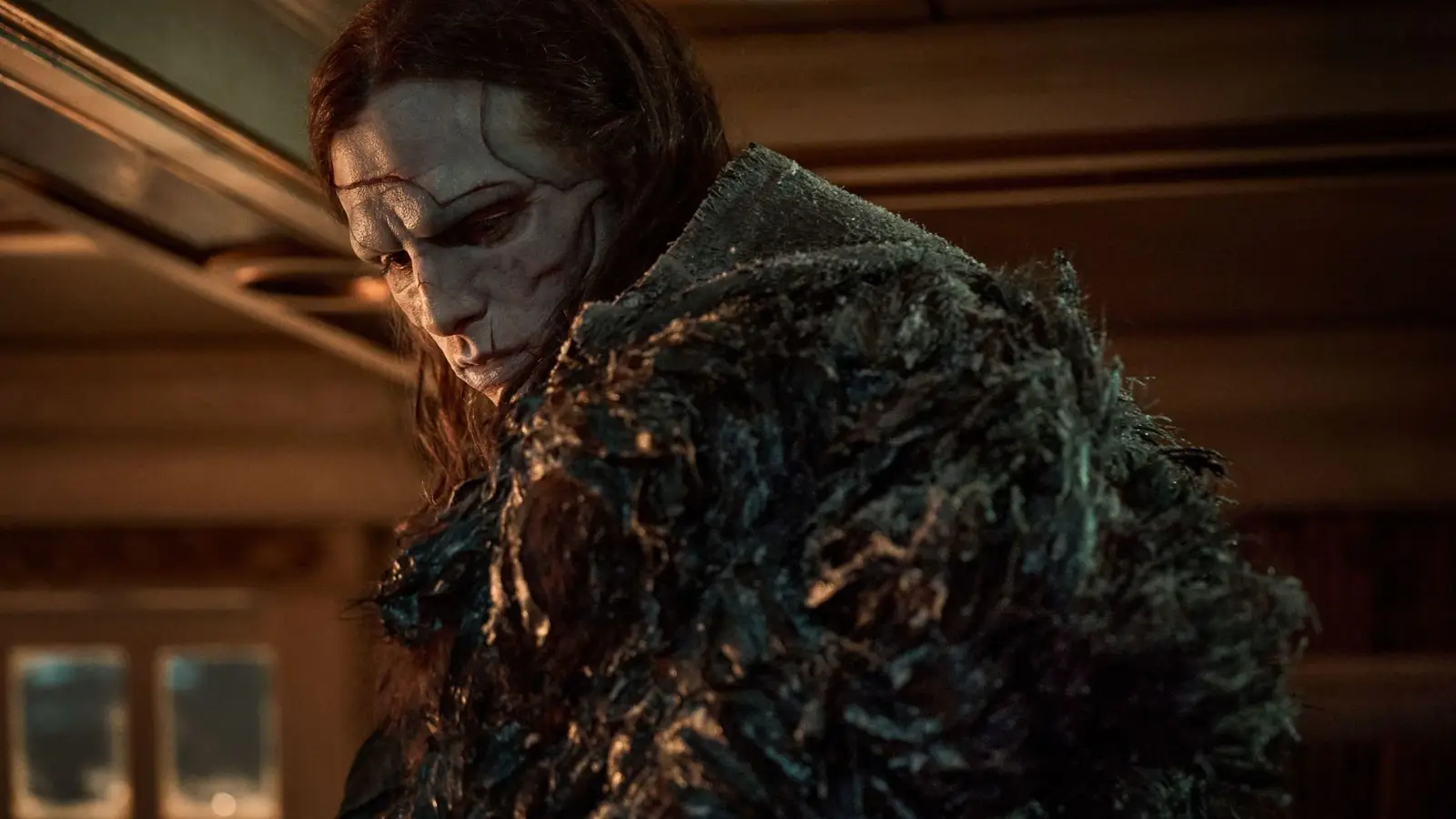Copyright Screen Rant

Guillermo del Toro has mentioned repeatedly that one specific movie remains a seminal release from his childhood, and it influenced his latest film, Frankenstein. Del Toro has been trying to get Frankenstein made since 2007, and it took him almost 20 years to finally get it done, with a limited release in theaters and then straight to Netflix. Guillermo del Toro wanted to make a film that would be the definitive Frankenstein story. He succeeded in creating a beautiful and moving film about a creature whose master abandoned him. Del Toro's Frankenstein made some changes, and they could be explained by one of Del Toro's biggest influences. Guillermo Del Toro Called Spirit Of The Beehive An Inspiration For His Movies Guillermo del Toro grew up with a deep love for Gothic horror, something instilled in him from a young age. Del Toro was born in 1964 in Mexico. In 1973, when Del Toro was only nine years old, a Spanish-language movie by Victor Erice was released called The Spirit of the Beehive, and it had a considerable influence on him. The movie follows a shy six-year-old girl named Ana who lives in a small Spanish village after the Spanish Civil War, which Franco won over the Republican forces. Her father tends to his beehives, and her mother lives in her daydreams. As for Ana, she and her friend Isabel go to a mobile cinema that is showing Frankenstein, and it changes her life. This is even more important when she wanders into the countryside and finds a man who needs help, and she learns what real monsters look like. When speaking about his influences in an interview with Entertainment Weekly, Guillermo del Toro gushed about The Spirit of the Beehive. "I nevertheless must admit that Spirit of the Beehive is one of those seminal movies that seeped into my very soul," Del Toro said. "Night of the Hunter, Whale's Frankenstein, Bunuel's Los Olvidados, etc..." The Spirit of the Beehive Shows How Frankenstein's Mythos Affected Children That specific interview was not about Frankenstein, but about Guillermo del Toro's Spanish-language masterpiece, Pan's Labyrinth. In the interview, he also admitted that "The girl in Cronos was deliberately patterned after Ana Torrent in Spirit." It is also easy to see some of Ana in Pan's Ofelia as well. However, the truth is that Ana was six when she saw Frankenstein, and Del Toro was nine when The Spirit of the Beehive came out, and these are both impressionable ages. In Spirit, Ana's friend explains that movies are fake, but Frankenstein's Monster is like a spirit you can see when you close your eyes and call out for him. This leads to a sad story where Ana finds a Republic soldier hiding and injured. She helps him, feeds him, and gives him clothing. However, things take a tragic turn, and Ana begins to relive moments from Frankenstein in her imagination as she is suddenly forced to grow up faster than she should have. It is a tale of a young girl who allows the fascinating story of a Monster rejected by its creator and society to affect her mentally. She doesn't understand how the world could be so cruel, and she wants to be the person to help the Monster and protect it from the world. She bonds with the Monster. That describes Guillermo del Toro. Look at all of his movies, and it is clear that he relates more to the monsters than he does to the humans. In all his films, from Pan's Labyrinth and The Devil's Backbone to Hellboy, The Shape of Water, and Frankenstein, it is the monsters who need to be protected from humans. That is precisely the story that Guillermo del Toro told when he finally got his chance to make Frankenstein. Guillermo Del Toro Brings His Childlike Wonder Into His Frankenstein In Mary Shelley's Frankenstein, Victor Frankenstein creates his Monster and then recoils in terror and flees. He abandons the Creature before it ever has a chance. As a result, the Monster begins to kill everyone Frankenstein loves to get revenge on his creator for rejecting him. Finally, in the end, the Monster is the only one who feels regret. In Guillermo del Toro's Frankenstein, he takes the idea from The Spirit of the Beehive and adds those themes to his movie. He is the new caretaker for Frankenstein, and it is his job to protect the Creature. In his film, it isn't Frankenstein's Monster. It is a Creature, and one that is more human than his creator ever hoped to be. Del Toro's Creature doesn't kill anyone who doesn't deserve it, as he only kills in self-defense. In fact, the worst deaths are all directly caused by Victor Frankenstein. In the novel, Victor was responsible, but the Monster killed everyone. Here, Frankenstein is the killer, and the Creature wants to make him pay for it. The entire purpose of The Spirit of the Beehive is to show how traumatized a child is when they see the horrors of the world. It isn't the monsters who scare them. It is cruelty in the hearts of humans. Guillermo del Toro understands that in his Frankenstein, where he protects his Creature from the evil man who created him.



